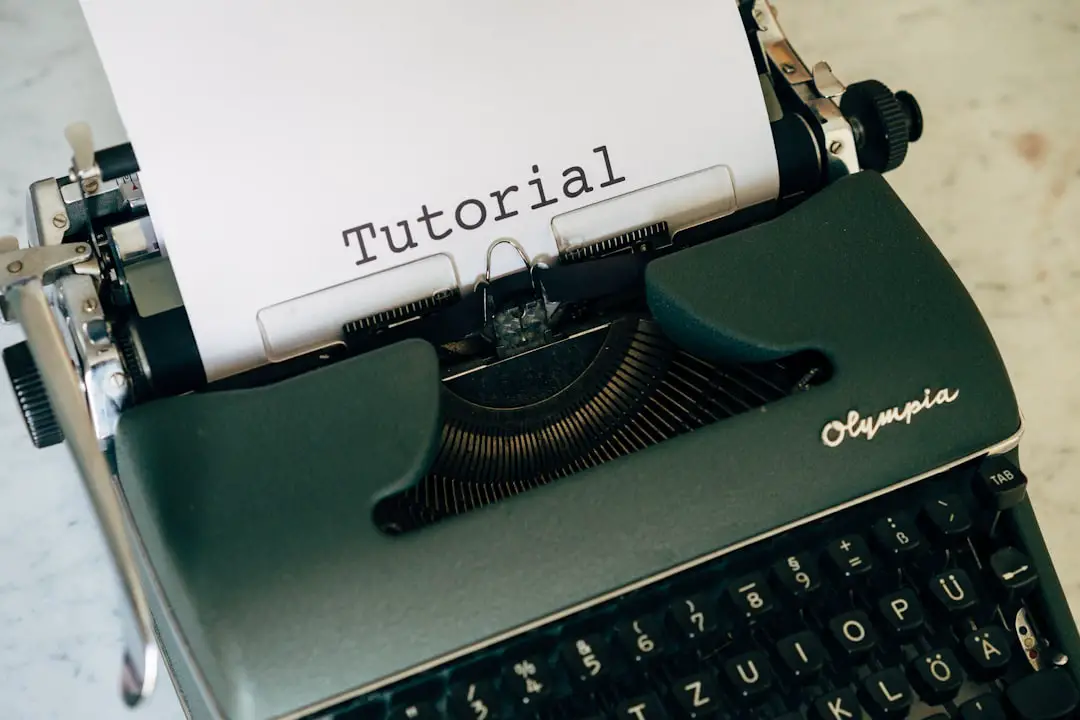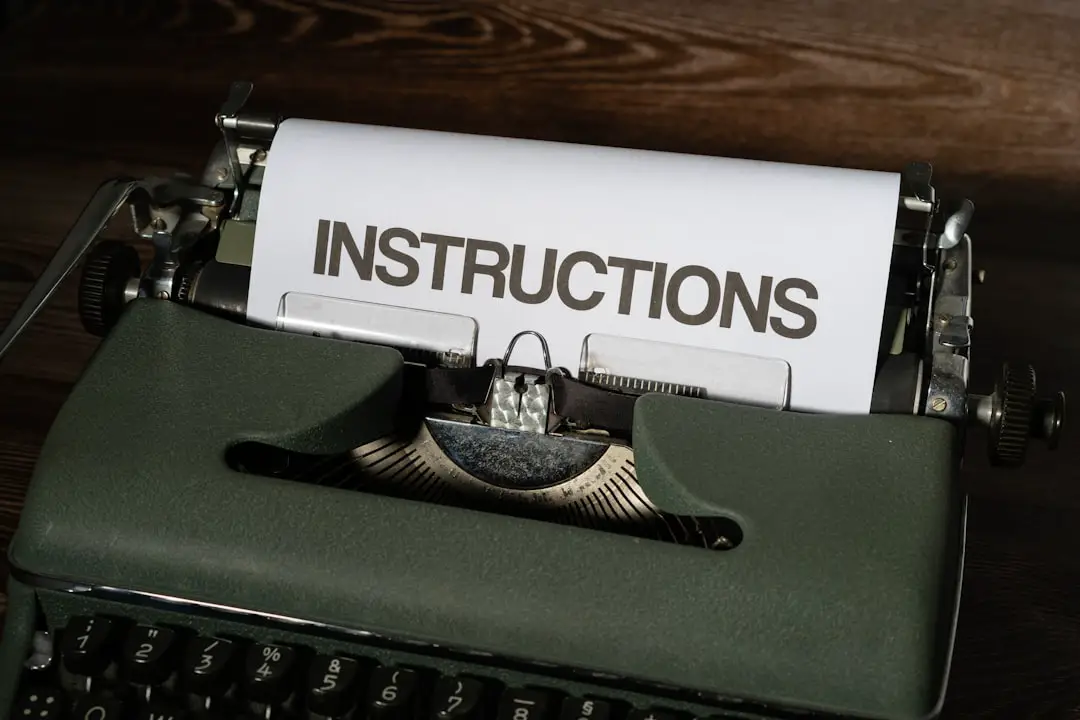When reading an essay, the very first paragraph often determines whether the reader will stay engaged or lose interest. This crucial section is known as the introduction. It sets the tone for the essay and provides a clear path for the reader. But what exactly is the purpose of the introduction? Why is it considered such a vital part of academic writing?
The introduction serves several important functions that go beyond just being the first paragraph. It acts as a roadmap, presenting essential details and guiding the reader on what to expect. A strong, well-crafted introduction can captivate the audience, clarify your argument, and create a lasting impact.
Establishing Context
One of the primary roles of the introduction is to provide background information about the topic. This means offering enough context so the reader can understand the significance of the subject and why it’s worth exploring. Providing context helps prevent confusion and ensures that your audience—especially those unfamiliar with the subject—can follow your line of reasoning.
For example: If your essay is about climate change, the introduction might include a brief explanation of what climate change is, why it matters globally, and recent trends that make it a pressing issue today.

Introducing the Main Argument
A key component of the introduction is the thesis statement. This is often placed at the end of the introductory paragraph and states the main argument or point that the rest of the essay will support. A clear thesis helps the reader understand your stance and the direction the essay will take.
Think of the thesis as a promise: it tells readers what the essay will accomplish. All parts of the essay revolve around proving, analyzing, or expanding on that central idea.
Generating Interest
The opening of your essay should not only inform but also grab the reader’s attention. Academic writing does not have to be dry—there are plenty of creative strategies you can use to make your introduction more engaging:
- A surprising statistic: Presenting unexpected facts can spark curiosity.
- A thought-provoking question: Encourages readers to think and makes them want to read further.
- A brief anecdote: Makes the topic more relatable and personal.
- A bold statement: Can provoke interest and invite discussion.
Whichever technique you choose, ensure that it ties into your main topic and does not distract from the thesis.

Outlining the Structure
Another purpose of the introduction is to give a preview of how the essay will be organized. This overview doesn’t need to detail every argument, but it can briefly mention the main points that will be covered. This helps the reader understand the flow and makes the content more digestible.
For instance, if your essay discusses the causes, effects, and solutions to deforestation, your introduction could state that the following sections will address each of these aspects in detail.
Establishing Tone and Voice
The tone and style of writing introduced in the first paragraph usually continue throughout the essay. Whether formal, analytical, persuasive, or descriptive, this tone is initially set in the introduction. This consistency is vital for making the essay feel cohesive and well-structured.
Moreover, your voice as a writer becomes evident early on. Are you confident and authoritative? Are you open-minded and explorative? The introduction frames your perspective, which can influence how your arguments are perceived.
Common Mistakes to Avoid
While writing the introduction, authors often fall into some common traps. Here’s what you should steer clear of:
- Being too vague: Avoid generic opening statements like “Since the beginning of time…”
- Lack of clarity: Your thesis should be precise and assertive.
- Overloading with information: Don’t try to include every detail in the introduction—save it for the body.
- Repeating the prompt: Put the topic into your own words and offer your unique angle.
Conclusion
The introduction of an essay is much more than a simple opening paragraph—it is essential for guiding the reader, establishing context, and presenting your core argument. Done right, it not only informs but also engages, offering a powerful start that makes the reader want to keep going.
Whether you are writing a personal reflection, a persuasive argument, or an analytical paper, never underestimate the impact of a well-written introduction. It is your essay’s first impression—and you only get one chance to make it.


